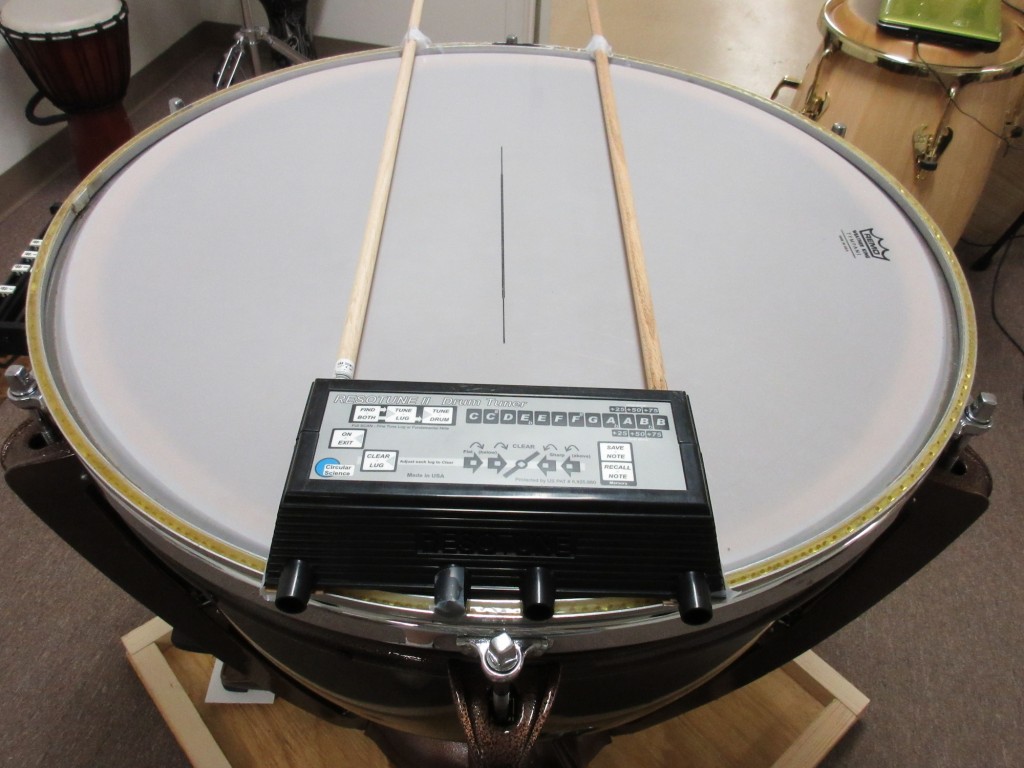rock soderstrom
Tour de France
I had the following idea in the bathtub today.
Some ink jet printers are able to print directly on CD/DVDs. CDs are usually 1.2mm thick.
CDs are not flexible, which means that the transport of the CD in the printer must be straight and not over a roller.
Couldn't this function be used to print directly on small aluminum front panels? After that I would spray one or two layers of clear varnish over it to make the print durable.
Could work, has anyone tried this before? Is there any experience with it?
PS: Does the ink (like laser toner) resist an etching bath? Then you could print PCBs directly before etching. I don't think that's going to work. PRR said, ink is just dirty water. ;-)
Some ink jet printers are able to print directly on CD/DVDs. CDs are usually 1.2mm thick.
CDs are not flexible, which means that the transport of the CD in the printer must be straight and not over a roller.
Couldn't this function be used to print directly on small aluminum front panels? After that I would spray one or two layers of clear varnish over it to make the print durable.
Could work, has anyone tried this before? Is there any experience with it?
PS: Does the ink (like laser toner) resist an etching bath? Then you could print PCBs directly before etching. I don't think that's going to work. PRR said, ink is just dirty water. ;-)
Last edited:


























